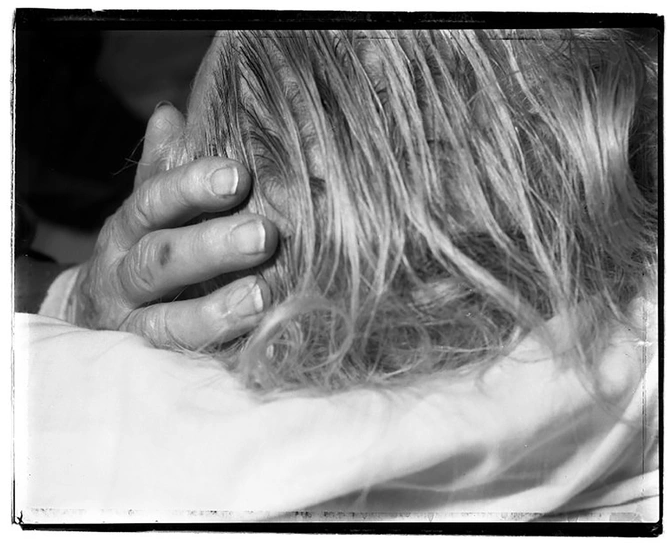
Have you ever witnessed someone peacefully die? Was it a trauma, a privilege, an intrusion, a wonder? A palliative nurse from Los Angeles has gone viral with her TikTok videos explaining the mysterious process. Julie McFadden’s message:Trust the body. It knows what it’s doing, just as it knows what it’s doing in childbirth. Do not be afraid of what’s unfurling before you so mysteriously and irreversibly – and predictably.
Her aim is to normalise a shielded process. She says death is not, normally, painful; it’s a “peaceful and natural” procedure. “Our bodies are truly built to survive birth, for the most part, and they’re built to die. When someone is in a hospice dying a natural death, the body knows.” She explains: “[It] will start kicking in its regular mechanisms that are built in when someone is getting near death. It will stop eating and drinking for the most part, and sleeping a lot more.”
McFadden believes the less intervention the better, and talks of “the rally” that often occurs near the end, when the patient suddenly seems much better hours or days before death. She says the less we mess with the process, the more peaceful the death usually is. She explains that changes in breathing and skin colour, terminal secretions and fevers are all normal. I could add that the patient’s face takes on the look of a death mask, as if the visage is rehearsing for the skull to come. I saw this with both my father and grandmother as they approached death.
With my father, I was in denial, refused to believe this could be happening. Because what I didn’t get from the hospice, for all their good intentions, was a bracing honesty. I needed the blunt truth, that dad had begun his journey upon the irreversible road into death. In hindsight the staff knew but the family didn’t. We didn’t trust the peaceful process, didn’t surrender to reality, but clung to the wild, stubborn hope of a miraculous turnaround. The head of the palliative unit had said that some people do actually leave their care alive, that it’s not always terminal, and that’s what we gripped on to. Foolishly.
The actual care couldn’t be faulted. The room was large and airy, sliding doors opened to a peaceful courtyard, the dog was allowed onto the bed, there was music and endless cups of tea, as a circuit breaker, in a spacious communal lounge area. So much thought had gone into this compassionate place – it felt like a gift at the end of life. The Australian way of a foreseen death, done very well.
As Ursula Le Guin wrote once, “Let the dying spirit go”. Dad was ready, the staff were ready, but we the family were not. Perhaps it’s just too difficult sometimes to broach the subject; to announce the brutal words “look, they’re dying now, it’s not far off” to a desperately grieving family. I felt like something of a hostage within a death-hesitant culture; needed the truth but hope is easier, a polite and powerful drug.
There are grumblings that our palliative system isn’t good enough, particularly in the fraught arena of arguments around Voluntary Assisted Dying. Yet we felt cradled by support; there was a profound compassion for the dying as well as the living. I just wish there’d been a bit more brutal honesty – it would have lessened the shock. Because we weren’t prepared, mentally, for the process.
McFadden’s TikToks have helped with an understanding of the mysterious state a body succumbs to along its path into death. My relatives were irreversibly lost to us, as a family, yet seemed responsive to love as they underwent a leave-taking that felt beautiful and harrowing all at once. It didn’t feel claustrophobic, but a natural end to things; a slide over days into stillness. McFadden relates that the dying often call out to parents, and report seeing beloved relatives who’ve already passed away, waiting to lead them onward. She has no idea why.
Complete Article ↪HERE↩!
